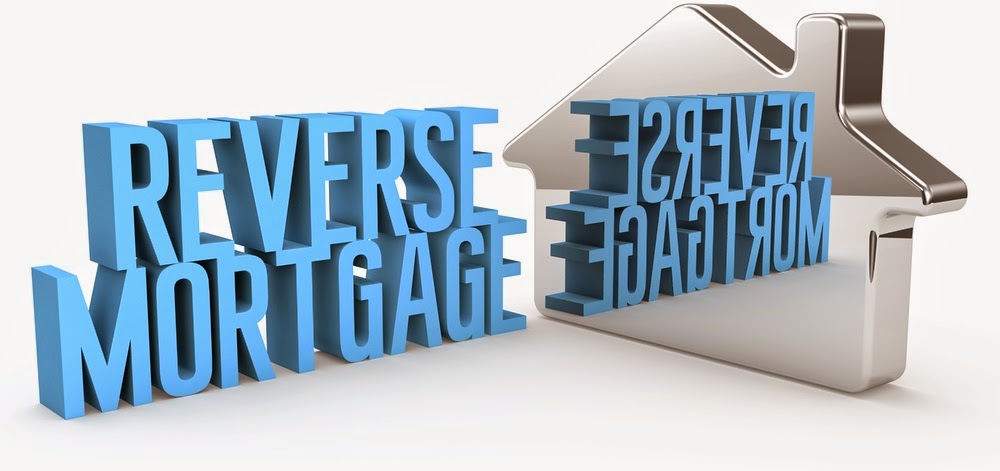Selling Your Home? In this market – and possibly this very moment – sellers across the
country are asking themselves one question: why isn’t my
home selling?
While each client’s situation is unique, and we all think
our homes are special, there is one underlying factor that makes or breaks a
buyer’s decision to settle on your home:
PRICE.
Pricing your home correctly in this market
is one of the most critical actions you can take to sell your home faster –
it"s also one of the most difficult decisions you’ll have to make as a
seller. Which is why so many people won’t do it. What sellers have to realize
is that by making the decision to price correctly from the beginning they may
be staving off further financial damage. For some, that means getting creative
about finances, for others, it can sometimes translate to taking a small loss.
In some cases, taking a small loss may be the best scenario. Let’s look at it
another way.
John Seller paid $300,000 on his home that
is now worth $250,000. Many REALTORS® would tell him to come down on his price
at the beginning by say, $20,000. Now his asking price is $280,000. Scenario
(1): A buyer comes along after one month on the market. They know, based on the
CMA, that Mr. Seller’s house is worth $250,000, so they put in an offer for
$245,000. Mr. Seller decides to counter with $255,000, and SOLD! Now Mr. Seller
can move on knowing that he is lucky not to have lost any more on his home.
Now Scenario (2). Mr. Seller actually
decides not to come down on his price at all. As a result his home sits on the
market for the first month with only a few bites from buyers but no official
offers. An experienced REALTOR® would recommend that Mr. Seller come down 10
percent each month that his home doesn’t sell. He does it. Two months later Mr.
Seller’s home is now at $243,000. Finally, in the third month, a buyer comes
along and offers $237,000. At this point Mr. Seller is considering, but feels
it’s too low, so his home sits another month. Frustrated, Mr. Seller decides
not to come down on his price anymore. At this point Mr. Seller is in trouble.
He is underwater on his mortgage and every additional dollar he loses on the
home sale must come out of his pocket to pay off the loan. By starting at a
higher value than the market will support, he stands to lose more than if he
had factored in a small loss up front.
These two scenarios demonstrate the increasingly critical point of pricing your home correctly from the moment you decide to sell. While it may seem exaggerated, there truly are sellers experiencing situations similar to the ones described above. The good news is that by teaming up with an experienced real estate agent, who knows your market well, you have a far greater chance of making informed decisions about the price of your home. Your REALTOR® wants you to get the most money possible out of the sale of your home – and these days – that means reducing FROM THE START.












